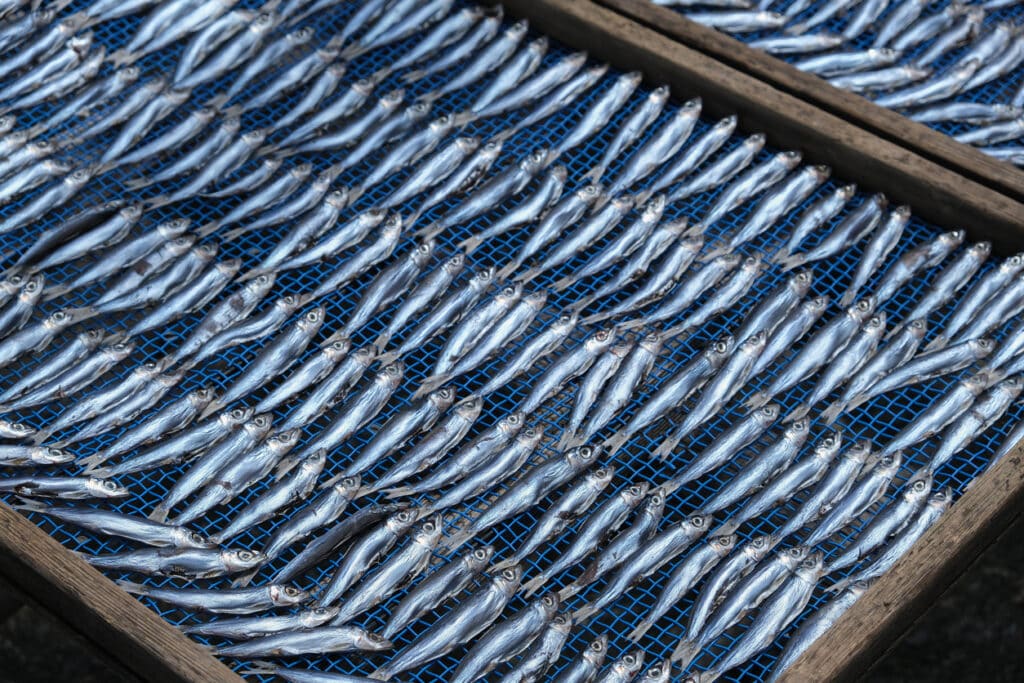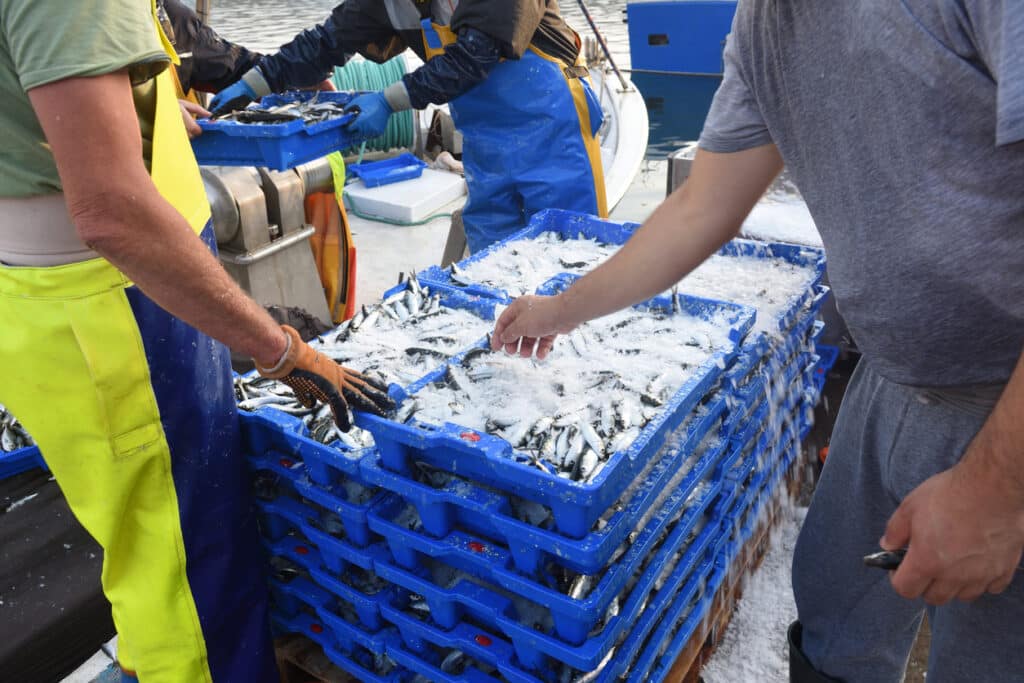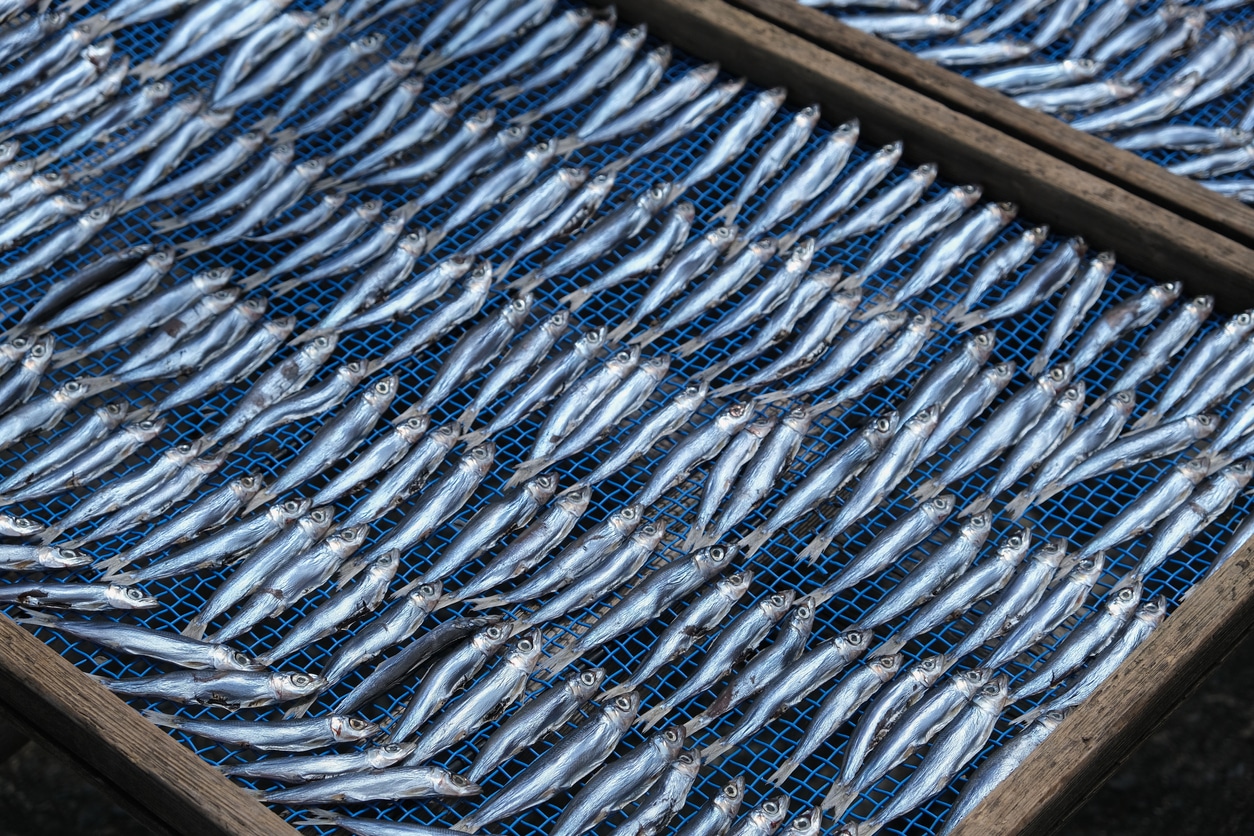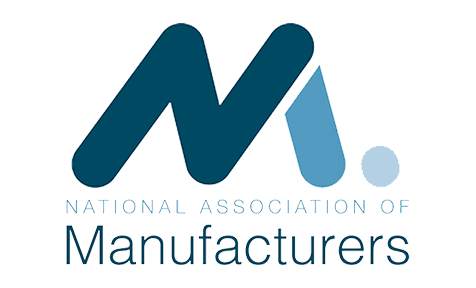Washing metal racks is essential to maintaining a clean and efficient fish processing facility. With constant exposure to salt and other contaminants, these racks can quickly become corroded and harbor harmful bacteria if not properly cleaned. This blog post will discuss the importance of regularly washing metal racks in seafood processing facilities and tips for preventing erosion and ensuring the upkeep of vital equipment. So, let’s dive in and learn how to keep your facility running smoothly and hygienically.
In this blog, seafood processing facility equipment refers to metal grates, racks, hooks, metal and plastic totes, bins, storage containers, dunnages, and part washing equipment.

Unveiling the Threats: Corrosion and Bacterial Build-Up in Seafood Processing
Let’s delve into the trenches of the challenges that seafood processing facilities often grapple with – corrosion and bacterial build-up. The constant interaction with saltwater and many contaminants paints a target on the back of metal racks and other processing equipment, making them susceptible to corrosive damage. This relentless assault and the fact that seafood and its surrounding environment provide a fertile playground for bacteria to thrive lays the groundwork for a potential array of problems. Some common issues are equipment breakdowns, diminished productivity, and compromised product quality. Worse still, these conditions can quickly escalate into serious food safety concerns. These facilities are thus engaged in a never-ending tug of war with these threats, and mitigating them is crucial to ensure a smooth operation and a safe end product for consumption.
The Cost-Saving Role of the Seafood Processing Parts Washer
Think of the seafood processing parts washer as the unsung hero in a world of unseen microbial foes and stealthy corrosion culprits. This machine’s job is as vital as it is relentless, maintaining an unyielding stand against the damaging effects of saltwater and preventing bacterial build-up. It diligently cleans and sanitizes all processing equipment, including metal racks and plastic bins, strictly adhering to the 3A Standards and Food Processing Sanitary Standards.

Imagine, for a moment, a battlefield. On one side, you have contaminants: salt residues, fish oils, scales, and other potential sources of corrosion and bacteria. On the other side, you have your seafood processing parts washer. It’s a standoff, and the parts washer is more than up to the challenge. This machine is like a skilled warrior, armed with precision and purpose, able to identify and eradicate the enemy.
Meticulously washing and sanitizing each piece of equipment effectively neutralizes the threat posed by these contaminants, reducing the risk of erosion and bacterial contamination. It’s like having a dedicated sanitation department in your fish factory, working tirelessly to protect the equipment and the end product.
But it doesn’t stop there. The parts washer is not just about preventing damage—it’s also about maintaining productivity and safety. A clean, well-functioning machine translates to smooth production lines, producing consistent, safe seafood for the market. So, while the parts washer may seem like a simple piece of equipment, its role in a seafood processing plant is undoubtedly significant.
Comprehensive, Consistent Cleaning to Prevent Fishery Equipment Erosion
A meticulous and thorough cleaning regime for the seafood processing parts washer is vital to ward off the persistent threats of erosion and bacterial contamination. Think of it as a spa day for your hardworking machine – pampering and rejuvenating it to continue its relentless battle against saltwater and bacterial foes.
Navigating this maintenance process requires a keen understanding of the specifics involved. It’s not merely about splashing water on the parts and calling it a day. There are several crucial elements to consider. Firstly, the water temperature. You don’t want to scorch your equipment, nor do you want to give it a lukewarm bath. The correct temperature is critical in ensuring effective cleaning and the prevention of bacterial growth.
Secondly, the use of appropriate cleaning agents, in the right proportions, is of utmost importance. An imbalance could lead to ineffective cleaning or, worse, further damage to the equipment. The cleaning agents act as the primary soldiers in your machine’s battle against contamination, so they must be chosen wisely and used correctly.
Thirdly, and perhaps most importantly, is the thorough rinsing of all equipment. This ensures the complete removal of all residues – any lingering remnants of salt, fish oils, or other contaminants are sent packing. It’s like ensuring the battlefield is cleared after every clash, preparing for the next round of the ongoing war against corrosion and bacteria.
In addition to these regular cleaning procedures, some strategic interventions can work wonders in preventing corrosion and keeping the machine running smoothly. Descaling, for instance, helps to eliminate the build-up of calcium and magnesium deposits on the equipment. Let’s remember to lubricate the moving parts – this ensures a seamless operation, allowing the machine to continue its essential work in the fish factory with minimal hiccups. Keeping your seafood processing parts washer in top condition through comprehensive cleaning is not just a chore – it’s an absolute necessity. It’s an integral part of ensuring that your seafood processing facility continues to run smoothly and efficiently, producing safe, high-quality seafood for consumers. So, give your hardworking parts washer the attention and care it deserves – after all, it’s your line of defense in the relentless battle against erosion and bacterial contamination.
Maintaining Fish Processing Equipment Upkeep: Strategies for Success

The triumphant tango between the seafood processing parts washer and the insidious elements of saltwater and bacteria is not a solo act. It requires a well-thought-out maintenance strategy to keep this unsung hero in the game, preventing equipment breakdowns and ensuring a smooth production flow. So, how do you ensure this vital cog in the fish factory machine stays fit for duty?
Our journey begins with regular check-ups, much like those annual physicals we often avoid. These inspections of your parts washer are your first line of defense against potential breakdowns. Is there unusual noise during the operation? Is there a suspicious leak? Is a part worn out? Staying vigilant can save you from unnecessary headaches down the line.
But here’s the catch – noticing a problem is the first step. You can’t just slap a Band-Aid and hope it gets better. Timely repairs and replacements are essential in this strategy. It’s like fixing a flat tire on a bicycle – the quicker it’s done, the sooner you’re back to cruising along.
Training your staff to use and maintain the equipment correctly is another vital part of the equation. Proper training ensures that your parts washer remains the steadfast soldier in the war against corrosion and bacteria.
Then, there’s documentation. Ah, the paperwork! It may be tedious, but its importance cannot be overstated. Keeping records of maintenance routines and findings is like putting together the pieces of a puzzle, helping you identify patterns and anticipate potential problems. Think of it as your very own crystal ball, giving you insights into the future health of your machine.
So there you have it – a blueprint for success in maintaining the upkeep of your seafood processing parts washer. Regular inspections, timely repairs, staff training, and diligent documentation, when combined, form a robust strategy that not only prolongs the life of your equipment but also bolsters productivity and compliance with food safety standards. Because, let’s face it, a seafood processing facility that runs like a well-oiled machine is a sight to behold.
Understanding the Bottom Line: The Economic Advantage of Food Processing Equipment Upkeep
Why is the upkeep of your seafood processing parts washer a big deal for your bottom line? Simple – it’s a gateway to heightened productivity, decreased downtime, and crucial resource savings. Take water, for instance. A well-oiled machine is more efficient, translating to significant water savings during processing. Talk about hitting multiple birds with one stone – you’re preserving a precious resource and saving money in the process!
But it’s not just about the now; investing in equipment upkeep has profound long-term financial implications for washing metal racks and cleaning seafood equipment. Consider the costs of constantly replacing equipment or, worse, failure. Picture your parts washer breaking down in the middle of production. It’s a nightmare scenario, right? There’s the cost of repairs or replacements, not to mention the loss of productivity as you wait for the machine to be back up and running. That’s potential income down the drain. However, you’re shielding your business from these unwelcome surprises by investing in preventative maintenance.

Then, there’s the risk of product recalls. Imagine the financial setback if your seafood products were found to be contaminated due to poor equipment maintenance. The immediate costs are staggering, not to mention the potential damage to your reputation and customer trust. Proper upkeep of your parts washer helps you dodge this bullet, ensuring your products are consistently safe for consumers.
Let’s also remember that well-maintained equipment leads to better-quality products. This, in turn, results in satisfied customers and stronger market positioning. Taking care of your parts washer is not just a chore; it’s a strategic business move. It’s an investment that reaps rewards in the form of financial stability, customer loyalty, and overall business growth.
So, as you can see, the upkeep of your seafood processing parts washer equipment does more than just keep your operation compliant with food safety regulations. It also paves the way for economic advantages, providing a solid foundation for your business’s success. Don’t underestimate the power of a well-maintained machine – it’s like a secret weapon in your business arsenal, boosting efficiency, preventing costly disruptions, and ensuring the consistent production of high-quality seafood. And, in the end, isn’t that what running a successful seafood processing facility is all about?
Third-generation, family-owned Better Engineering has been in business for over 60 years. We are dedicated to designing and manufacturing American-built part washing machines that are both standard and customizable for washing metal racks used in the fish and seafood packing industry. These machines can significantly improve the consistent sanitization and cleaning of metal racks, bins, totes, and other components in fish, seafood, oyster processing, and packaging facilities and increase production throughput.





